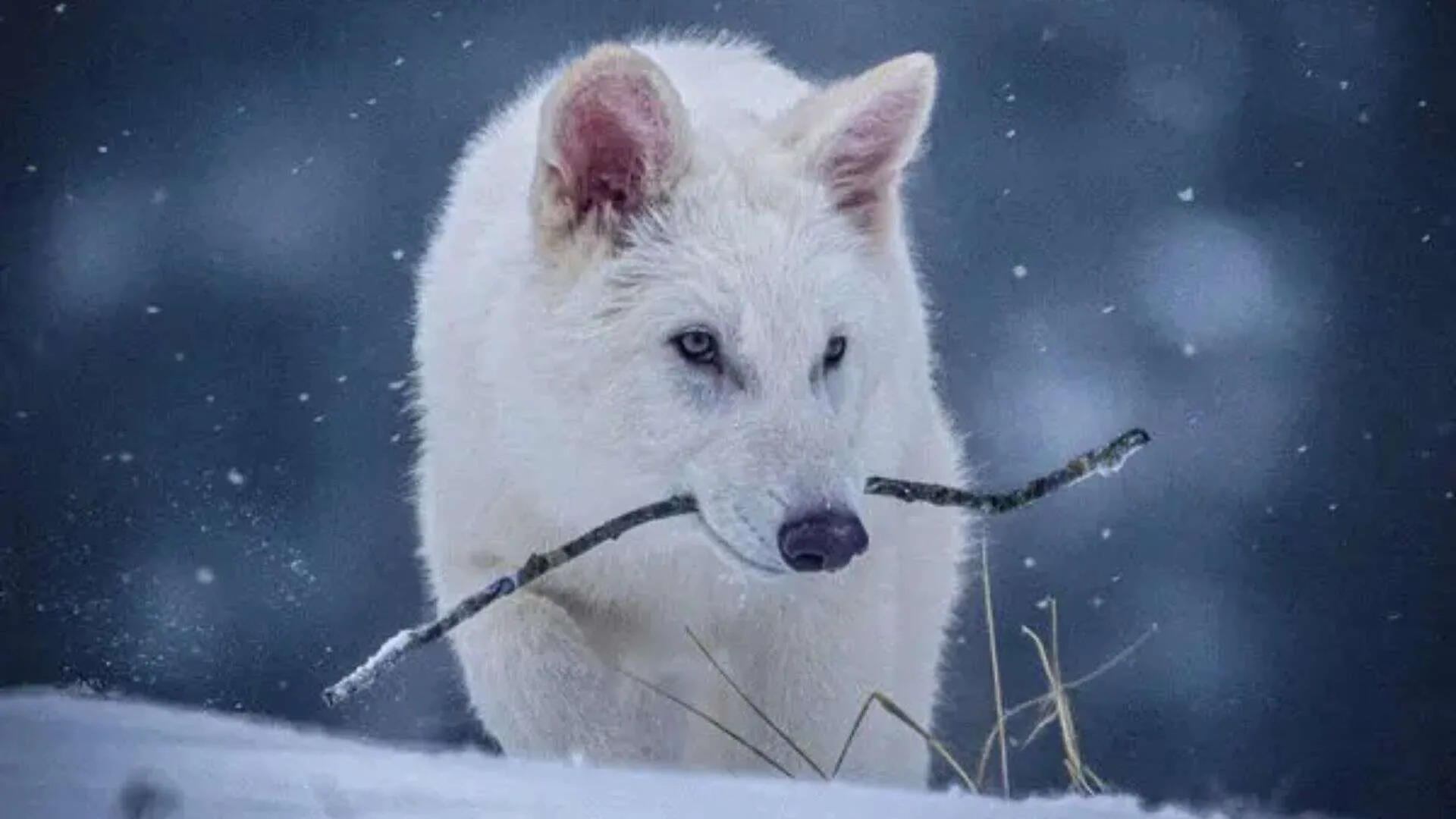In a scientific miracle, Dallas-based biotech firm Colossal Biosciences on Monday announced the birth of three dire wolf pups namely Romulus, Remus, and Khaleesi as the ‘world’s first successfully de-extincted animal’, according to CNN. The team used ancient DNA, cloning, and gene-editing techniques to manipulate the genetic makeup of a gray wolf to bring back a species that went extinct around 12,500 years ago.
The scientifically known dire wolf, Aenocyon dirus, is globally accepted to be the muse of the mythical wolves in the popular HBO series Game of Thrones. Though outwardly similar to current gray wolves and jackals, dire wolves were part of a different lineage that was genetically unique. “Unlike with the gray wolf and jackal, which are known to breed with related species to produce hybrid offspring, there is no available data that demonstrates interbreeding between dire wolves and other canids,” Colossal Laboratories & Biosciences explained.
Watch:
Characteristics of the Ancient Species
The company also unveiled surprising characteristics of the ancient species: “The dire wolf genome showed they were beautiful, with probable light, almost-white coats, strong legs and the distinctive craniofacial traits of an actual American superwolf.” TIME wrote that it took 20 genetic modifications to 14 genes of the gray wolf to create the new pups with characteristics such as “Romulus’ and Remus’ white fur, increased size, stronger shoulders, broader head, increased teeth and jaw size, more muscular legs, and distinctive barks, particularly howling and whining.”
Ancient Roots of Dire Wolves
Dire wolves were once found widely throughout North America in the Pleistocene Epoch, between 2.6 million and 11,700 years ago. Britannica states they are among the most common mammals found in the La Brea Tar Pits of Southern California. Their bones have been found in areas such as Florida, the Mississippi River floodplain, and the Valley of Mexico.
Although they resemble the gray wolf, Britannica further observes that the dire wolves were larger, having heavier skulls, smaller brains, and lighter-limbed structures. Unlike their Eurasian cousin, the gray wolf, who originated in Eurasia before coming to North America, the dire wolves developed in the Americas in isolation. Interbreeding is not indicated from any evidence between the two subspecies.
Colossal’s success marks a milestone in the science of de-extinction, for the resurrection of the dire wolf not only brings back an emblematic predator but proves that other extinct species may soon follow.






















